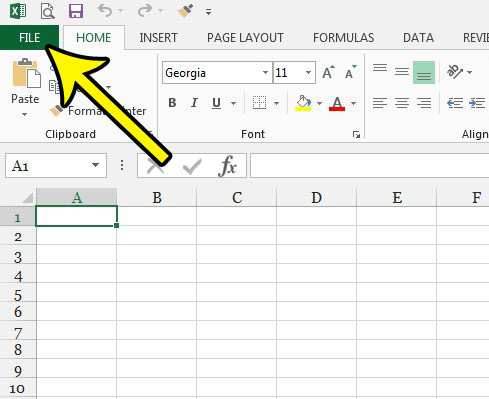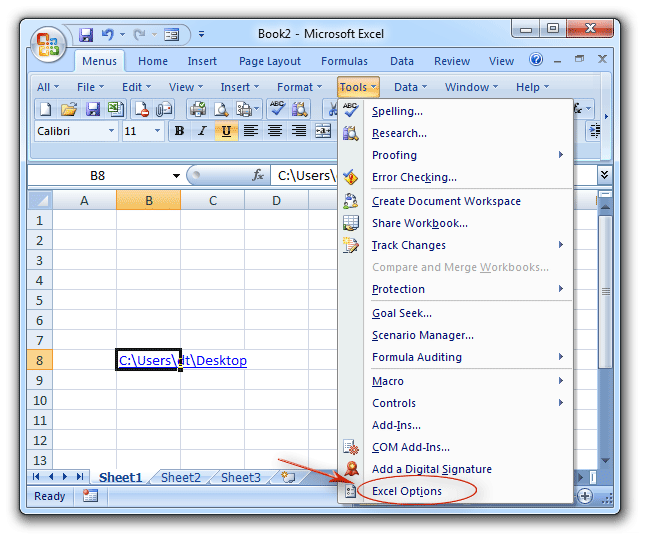
There are still many legacy systems in-use, and character-delimited text files have always been the universally accepted method to send data from one system to another. You may ask, why use a character-delimited text file as a data source, in the first place? In any case, all the prompts, on top of the standard warning about running an SQL statement that Word displays when opening a mail merge document, are a nuisance. There is some question in my mind about how well this will work in an enterprise environment. SQLStatement:="SELECT * FROM `txt5C990.txt`", SQLStatement1:="", _ WritePasswordTemplate:="", Revert:=False, Format:=wdOpenFormatAuto, _ PasswordDocument:="", PasswordTemplate:="", WritePasswordDocument:="", _

:=False, ReadOnly:=False, LinkToSource:=True, AddToRecentFiles:=False, _ "C:\Users\Cindy Meister\Documents\TextDatasource.txt", ConfirmConversions _ Here’s the recorded code, which I’ve modified in order to correctly show the Connection information: Dim conn as StringĬonn = "Provider=.12.0 "Ĭonn = conn & "Data Source=C:\Users\CINDYM~1\AppData\Local\Temp "Ĭonn = conn & "Mode=Read Extended Properties=""HDR=YES "" "Ĭonn = conn & "Jet OLEDB:System database="""" Jet OLEDB:Registry Path="""" "Ĭonn = conn & "Jet OLEDB:Engine Type=96 Jet OLEDB:Database Locking Mode=0 Je"Ī Name:= _ And it was apparently not able to link up to the text file directly instead, it generated a copy of the file in a temp directory – txt5C990.txt – that I was unable to open.

OPEN TEXT FILES EXCEL 2013 DRIVER
The OLE DB driver that Word decided to use was that of Access. The next step was to look at the recorded macro. What’s more, the prompt wasn’t shown to me again, so that I could change my selection. Accepting the default (Simple Chinese) resulted in some rather odd characters in place of the non-standard ASCII characters (German umlauts) in the data source. Other than that, everything appeared to work just fine, until I saved and closed the main merge document then re-opened it.Īt this point, I again had to confirm the character-delimiter (only once) and I was prompted to choose the encoding used for the data source. My only choice was OLE DB, which prompted me twice to specify the character used to delimit the fields in the data file.
OPEN TEXT FILES EXCEL 2013 WINDOWS 7
The first thing I noticed was that Windows 7 has no Text ODBC driver, which is what we’ve always used for setting up mail merge to text files. I then recorded a macro while linking to this file as that would give me the OpenDataSource syntax Word 2013 expects.

When I read the original question in the forum thread, the first thing I did was to start up Word 2013 and set up a mail merge to a semi-colon-delimited text file I typed up quickly in Notepad with a couple of records. The newer connection methods do not necessarily work well with traditional data sources, a case in point being character-delimited text files. The only significant change occurred in Word 2003, when OLE DB became a supported connection method to the data source (and the default).Īt the same time, the older connection methods, such as ODBC, have been disappearing from the default version of MDAC (Microsoft Data Access Components) installed with newer versions of Windows. Unfortunately, it hasn’t really evolved since the early days of Word, around 1990. The built-in functionality for this has always been “mail merge”. This time, it comes from the discussions about developing for Office 2013.įor many years, a main focus of my work with Word has been related to importing and exporting data into and out of Word documents. Once again, a forum question has prompted a topic for my blog.


 0 kommentar(er)
0 kommentar(er)
